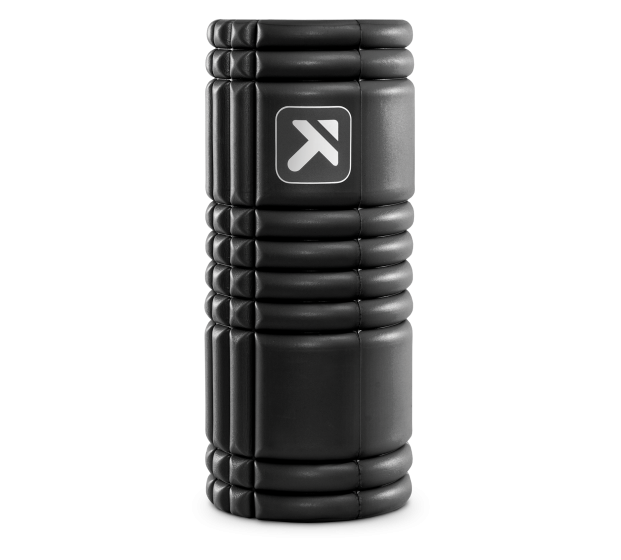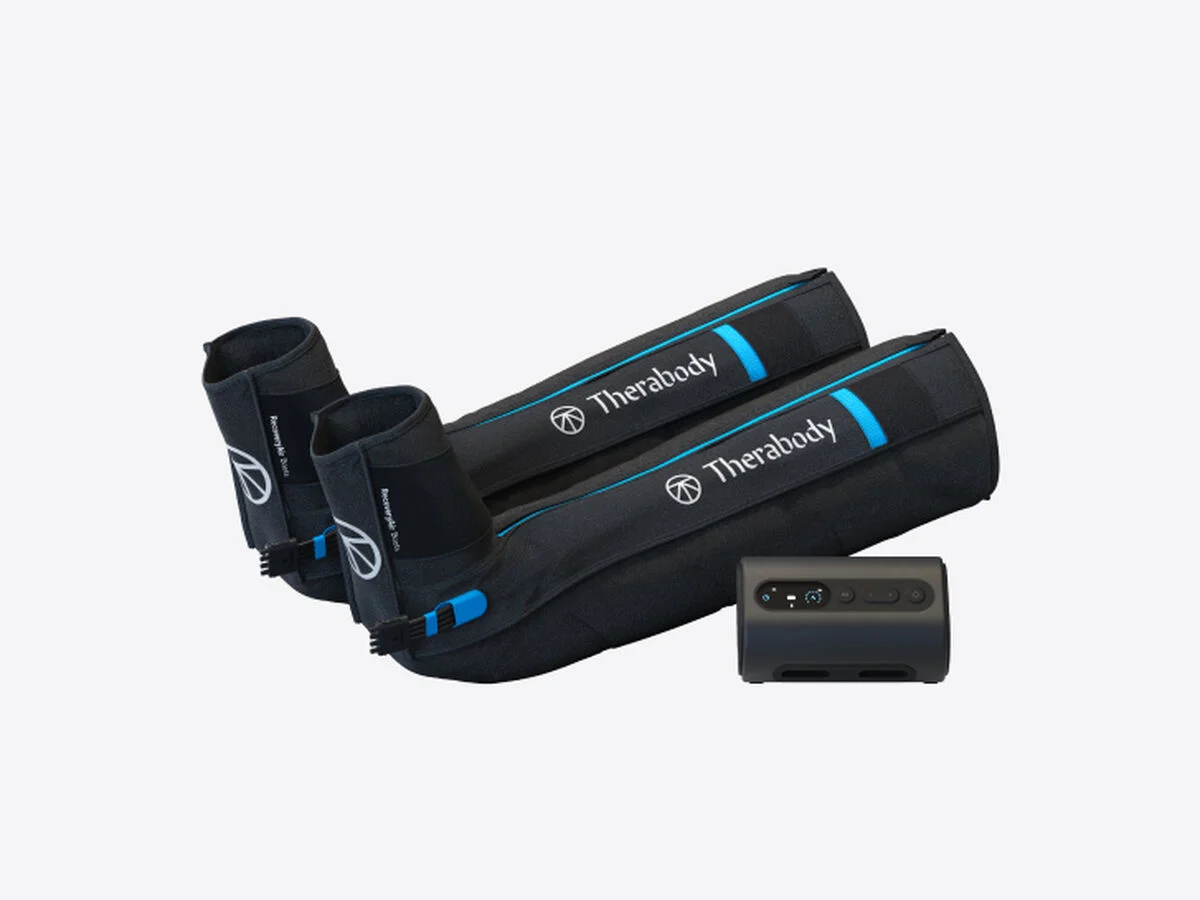5 Pieces of Advice to New Runners - Part One
- Zac Sutcliffe

- Mar 6, 2023
- 9 min read
Updated: Mar 6, 2023
Running is pretty simple, right? You put one foot in front of the other and before you know it, you're running! Well, yes and no.
Running is such a great sport because you don't need a ton of equipment or experience to start. The barrier to entry is pretty low. It's also a great way to improve your health, develop a community and spend time outside.
But it can be a little more complicated than lacing up your shoes and logging miles. There are many different things to keep in mind when establishing a healthy running routine.
So, in order to increase your chance of running success, keep from getting burned out, injured and fatigued, I've created a list of the top advice I have for new runners when beginning their journey in running. I hope that you enjoy these tips. Look out in the coming weeks for more tips in upcoming posts in this series!
Before I dive too deep into this post, I want to first give you a background of my running history.
Growing up I was involved in youth sports leagues and in high school, I was a multi-sport athlete participating in soccer, football, volleyball and track & field (sprints / hurdles). At Cal Poly San Luis Obispo, I played in as many intramural sports as my schedule would allow, frequenting the soccer, flag football and ultimate frisbee leagues. That being said, I was never much of a long distance runner, despite an a background in athletics.
But around three years ago, during the COVID-19 pandemic, with the gyms closed and no access to sports leagues, I picked up running as a hobby. I started out by trying to run six miles per day (coming from running zero miles per day, it felt pretty awful). I would go all-out, max speed and be dog-tired by the time I got home. Barely being able to move the next few days, I would notice my times getting slower and slower throughout the week.
After months and months of going through this cycle, running for a few days and then needing to take a few days off to recover, I realized that I needed to change my approach. That's when I came across the MAF Method (which I will describe later in this post) and many other running strategies / tips. I mostly learned through reading articles, watching YouTube videos and asking my runner friends for their expertise.
I give this background to show that I am not some "natural" born runner. I had to learn many lessons in running the hard way. I hope the upcoming tips can help you develop a healthy running routine. With that, let's get into it!
Tip #1 - Start Out Slow
Many beginning runners want to start out by developing a huge routine filled with lots of miles, specifically lots of fast-paced miles.
This inclination towards wanting to run at a quicker pace leads a lot of people (including myself) to run in a zone that is not developing their aerobic capabilities (endurance) or their anaerobic abilities (speed). Instead, they are running in the "grey zone" of running, where you are too fatigued to run your quick workouts quick (to develop anaerobically) and too tired to run on a consistent basis (to develop aerobically). They are in no man's land, not getting faster or better at moving farther.
For this first tip, I suggest running your runs with intention. If you plan on running a slow, easy / recovery run, then run this at a pace where you can actually develop your aerobic system (producing energy with the use of oxygen). And if you want to run fast, then go quick on your speedier workout days.
You might be wondering... how do I know if I am running slow enough? How do I know if I am developing my aerobic system? Well, to answer that, we have to look no further than the MAF Method.
"MAF stands for Maximum Aerobic Function and combines exercise, nutrition and stress to build your aerobic system, the fat-burning engine responsible for fueling all of the body’s needs. A well-functioning aerobic system leads to: Burning fat for fuel, Increased energy and endurance, Run faster for longer, Injury and disease prevention, Improved brain function, Better health and fitness" (Dr. Phil Maffetone).
To know whether or not you are running at your Maximum Aerobic Function, you use the simple formula (MAF = 180 - Age). For example, my MAF = 180 - 25 (my age). Using this formula, I want to run 80% of my runs at 155 bpm (beats per minute) heart rate.
I suggest using a Heart Rate Monitor, such as the TICKR X (listed below) to accurately track your heart rate (bpm) during your runs. You can also use a GPS watch, but those are typically less accurate when tracking heart rate than the chest straps. Another way to see if you are running your easy runs at the right pace (not the most accurate, but free!) is to run at a pace where you can breath easy and have a conversation.
Warning! You might not be used to running at this pace, and it will take time to adjust to running a bit slower than you think you can run. By holding yourself back, you will feel so much better during your runs, decrease injury risk and love seeing yourself progress.
If you are interested more about Heart Rate Training, please look at Dr. Phil Maffetone's website: MAF Method. And be on the lookout for future blog posts that will go into further detail. In the meantime, please DM me with any questions and I will try to answer them to the best of my ability.
From left to right: Garmin Forerunner 935: GPS Watch ($499.99)
Wahoo TICKR X: Heart Rate Monitor ($79.99)
Tip #2 - Be Consistent
On the same topic as "Start Out Slow," the second tip I have is to be consistent. By this I mean, you don't need to go out and crush every workout at crazy speeds. Remember my story about how I began running? I would go so hard that I couldn't even run most days of the week.
By being consistent with your running routine, you are going to see exponentially better progress in your training. It is going to feel like you can improve by going faster and doing more, but hold yourself back from that temptation. Instead, create a plan that you will stick to by increasing mileage and speed slowly and methodically.
"It's better to be consistently good than occasionally great." – Jeff Cunningham (Elite Marathon/Distance Coach)
Again, I suggest following the MAF Method to structure your training routine.
80% of your runs should be done in Zone 2 Heart Rate (60-70% of your maximum heart rate and/or your MAF (MAF = 180 - Age).
20% of your runs should be dedicated to speed workouts (tempo / fartlek / mile repeats / threshold training) and/or long distance runs.
In addition, I suggest following the 10% Rule: Don't increase anything by more than 10% each week. This will help you prevent injury caused by increasing mileage and increasing speed too quickly.
Overall, by being patient and not over-exerting yourself in your running program, you are going to be able to do something you love day in and day out.
Tip #3 - Cross-Train
While running faster and further might seem like the only way to improve your running performance, there are many other forms of training that can help you develop into a stronger, healthier and faster runner.
I suggest at least 2-3 times per week, adding in strength training to strengthen your joints and muscles. If you have a gym membership, great! If not, no worries! Even body weight exercises can make a huge difference. I recommend runners adding in resistance training that specifically targets the areas most often weakened by running: the glutes, hips and core.
By adding in strength training to your running routine, it will make you less prone to injury and a stronger / faster runner. It will also help with your form / efficiency, power and stability.
On top of adding in strength training, I suggest other cross training methods such as swimming, cycling, pilates, elliptical, jump rope, yoga, hiking, etc. There are tons of ways to cross train while in a regular running routine.
The main benefits of cross training include:
- Helps prevent injury: You train new muscles in different ways when participating in different activities / ways of moving your body
- Diversifies your schedule: By adding in new forms of exercise into your routine, you keep things fresh and fun. This will help you stay on track and dedicated to your running routine
- Makes you stronger: You can increase strength by adding in cross training activities such as: weight training, rock climbing, kayaking, paddle boarding, etc. Adding whole body strength will help you as a runner, whether it is giving you the added leg strength to attack hills or the shoulder and arm strength to maintain good posture
Last tips to cross-training:
Make it fun! Choose something that you are going to enjoy. Choose something that makes you find your flow!
Change it up Always be on the lookout for ways to incorporate new body movements into your routine. You can meet lots of new friends and explore many different areas of fitness, maybe you'll find your next passion
Choose the right activity Be purposeful when choosing your form of cross training to incorporate into your schedule. For example, you need to identify if you are wanting to do an activity for endurance, strength, recovery or something else. Pick your activity wisely. It is there to AID in your running
Tip #4 - Prioritize Recovery
It can be hard enough to find time to fit a run into your day, but to find even more time to cool down once the run is over? Near impossible. But in order to decrease the chance of getting injured and to feel your best going into the next day's workout, you need to prioritize recovery and make the time. Whether you are a beginner or an elite athlete, taking time to stretch will make you a stronger and healthier runner.
Some of the things I do to recover include:
- Warm Up / Cool Down: I always start out my runs at an easy pace and ending my runs at an easy pace (first and last 1-2 miles of each of my runs)
- Stretch / Foam Roll: 10-15 minutes after every run, I grab my yoga mat (or just stretch outside my car if I am running not near my house). I don't have a specific stretching routine I follow, but I am sure you could check YouTube for some great routines for runners
- Sauna: If I have time in my schedule, I like to sauna for two sets of 20 minutes - with 5 minutes of cold shower between sets and after the last set
- Cold Plunge / Cold Shower: Same routine as the sauna, but make sure to use REALLY cold water!
- Massage Gun / Compression Boots: These are pretty easy to do while watching television. Just grab the massage gun or put on the boots (or both!) and relax
- Sleep: This will be a topic of a future post, but it is worth mentioning here because it is arguably the #1 thing runners can do to ensure vitality and longevity in their running routine and life. Try to get at least 7-9 hours!
From left to right
TriggerPoint GRID 1.0 Foam Roller ($36.99)
Therabody Theragun PRO ($599)
(Please do not let the prices of these items scare you, or keep you from starting to prioritize recovery. There are so many options out on the market for these types of items and varying price points. Also, you do not need to purchase anything to prioritize recovery, simply stretching after runs and getting enough sleep will do the trick!)
Tip #5 - Have Fun!
Enjoy the research, the prep, the training! You'll find more happiness and enjoyment in the process if you are having fun. At the end of the day, it doesn't matter how many miles you are logging or how fast you are running, it's all about the experience as a whole!
Grab some friends, meet some locals in your community, get outside and get moving. You'll never regret it :)
Hope That You Enjoyed the Post!
Please let me know what you want to see in future posts! Feel free to like, comment, subscribe!
And if you're enjoying these posts, please share the KAHE Performance website and Instagram pages with your friends and family. It will really help grow our community. Thanks!
What's the best running tip you have ever heard?
What event are you currently training for / want to train for?
Why do you run?
Disclaimer
I am not a doctor or a dietician. The information I provide is based on my personal experience. Any recommendations I may make about weight training, nutrition, supplements or lifestyle, or information provided to you in person or on this website should be discussed between you and your doctor because working out involves risks. The information you receive in our emails, programs, services and products do not take the place of professional medical advice.



































Comments